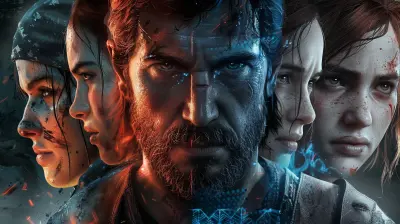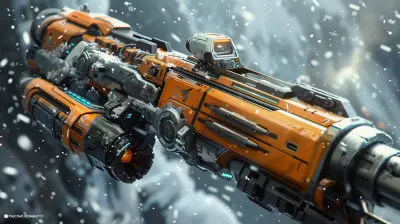How Indie Games Are Shaping the Future of Puzzle Games
24 July 2025
When was the last time a puzzle game made your brain do backflips and your jaw drop with delight? If you're thinking of an indie title, you're not alone. Indie games are stirring up the puzzle genre in ways the big-budget giants never expected—and honestly, it's a breath of fresh air in a room that's gotten a little musty over the years.
In this article, we’ll dive headfirst into the whimsical world of indie puzzle games. We'll explore how small teams with big ideas are pushing boundaries, redefining gameplay, and crafting experiences that are not just about solving puzzles—they’re about feeling something while solving them.
So grab your favorite thinking cap (wizard hat optional) and let’s get jiggy with some polygonal problem-solving!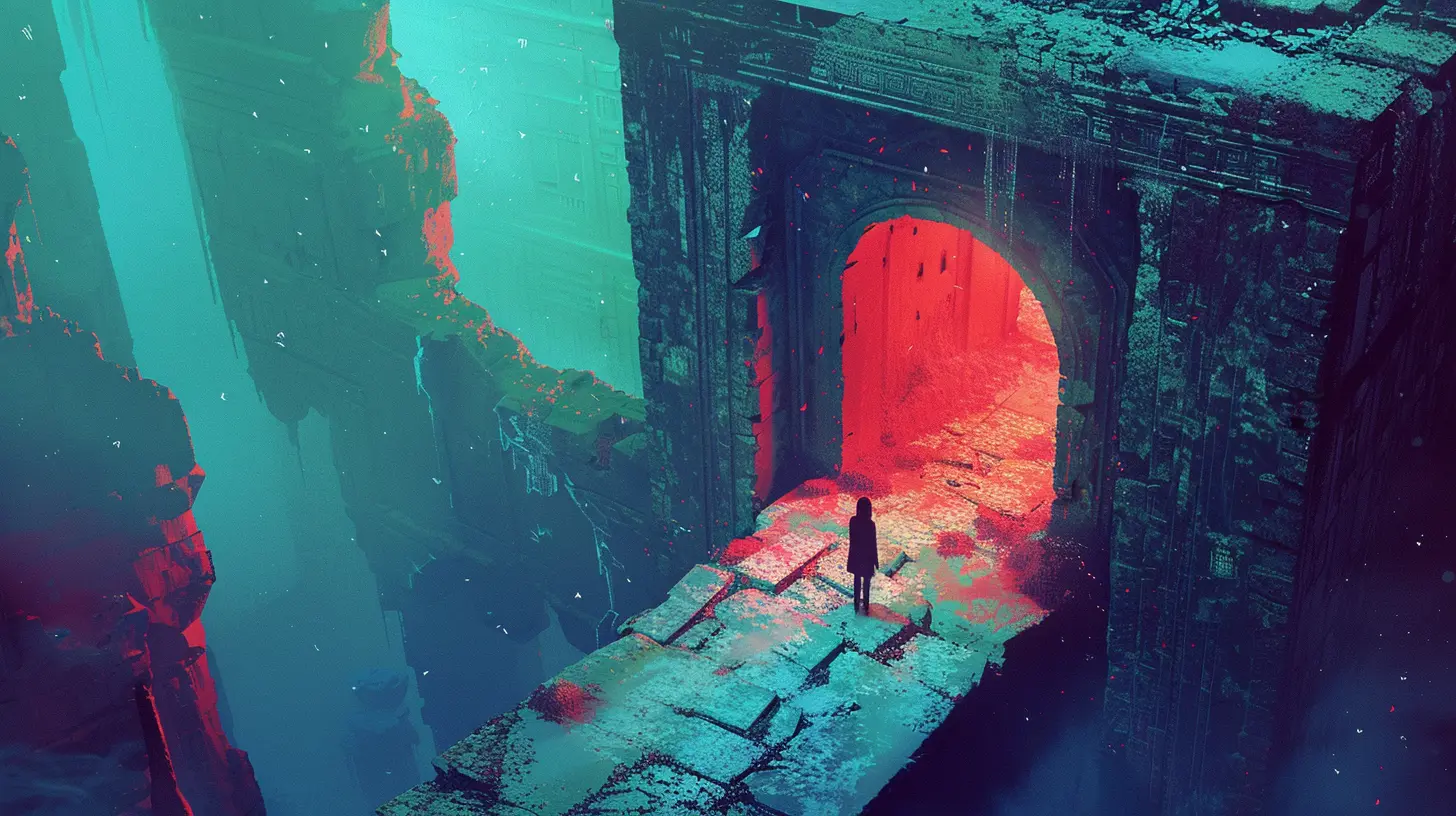
The Puzzle Game Scene: A Little History
Before we talk about the now, let’s time travel just a bit.Back in the good ol' days, puzzle games were pretty straightforward. You had your Tetris, your Minesweeper, your Sudoku. These classics were about logic, timing, and pattern recognition. Clean and simple. Most of them came pre-installed on computers or lived in the arcade halls.
Then came mobile gaming, and things got... flooded. Match-three games? Played 'em. Overly monetized brain teasers? Deleted 'em. The puzzle genre was churning, but not evolving. That’s when indie developers stepped onto the scene like uninvited—but very welcome—party crashers.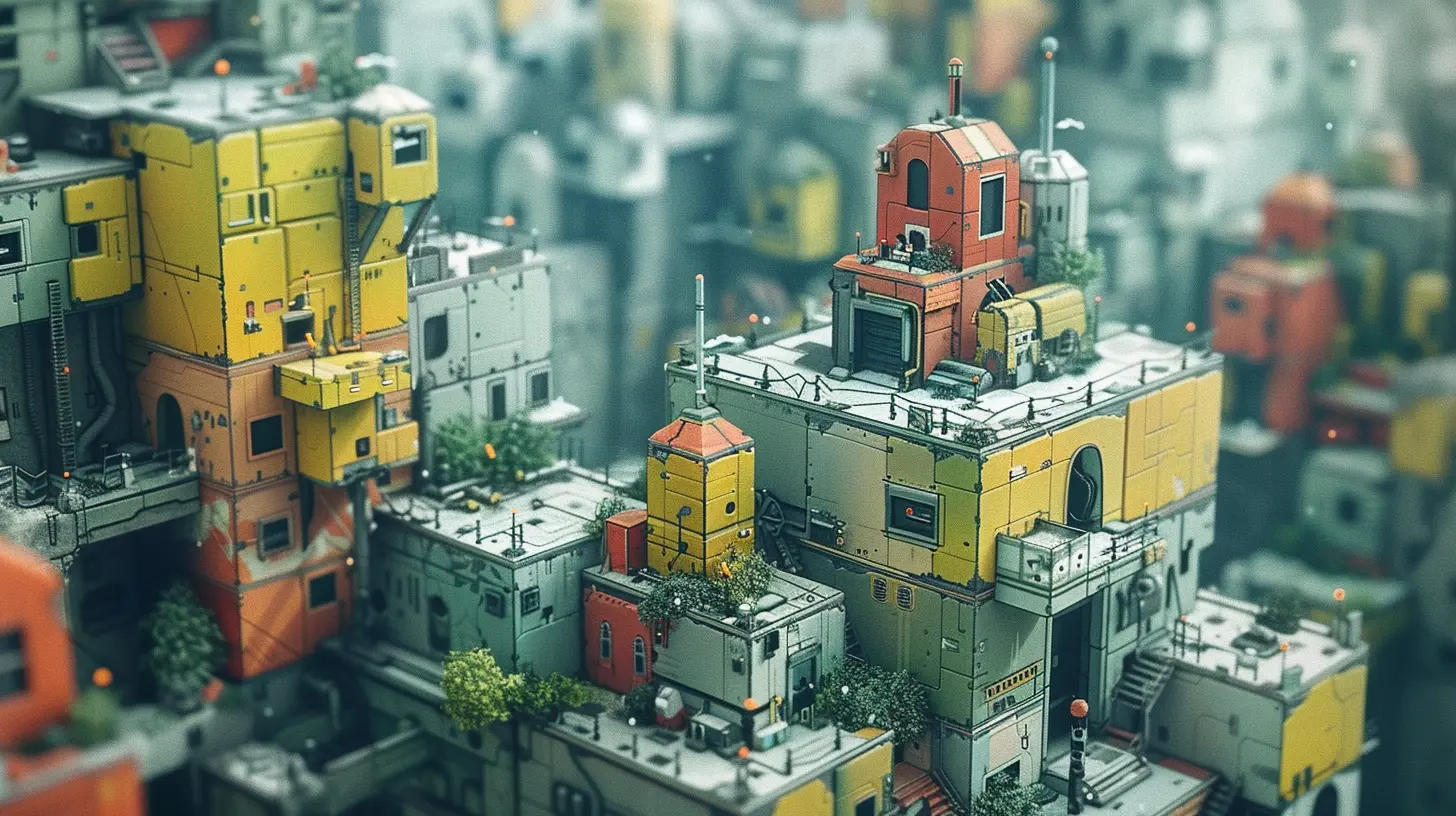
What Makes Indie Puzzle Games So Dang Unique?
Let me paint you a picture. Imagine you’re playing a puzzle game, and suddenly, the puzzle is the story. The mechanics are weird in the best way possible, and your brain’s doing gymnastics trying to keep up.That’s the sweet magic of indie design.
💡 Innovative Mechanics
Indies aren't chained to “what works” or “what already sells.” They experiment. Some turn your screen upside down. Others use words, sound, shadows, or time itself as core gameplay elements.Take Baba Is You for example—yes, that odd little title where you literally rewrite the game’s rules to solve puzzles. It’s logic-looping, rule-breaking madness, and it’s brilliant.
Most AAA developers wouldn’t dare take that risk.
🎨 Aesthetic Freedom
From pixel art to hand-drawn doodles, indie puzzle games don’t box themselves into generic polish. They dress however they want—whether that’s minimalist like Thomas Was Alone or dripping with unsettling vibes like The Swapper.That freedom? It makes the experience all the more memorable.
🧠 Mind Meets Emotion
Indie games often blur the line between gameplay and storytelling. You're not just arranging shapes—you’re reconnecting a broken relationship (Florence, anyone?) or exploring grief through time manipulation (The Gardens Between). That emotional depth? It sticks with you.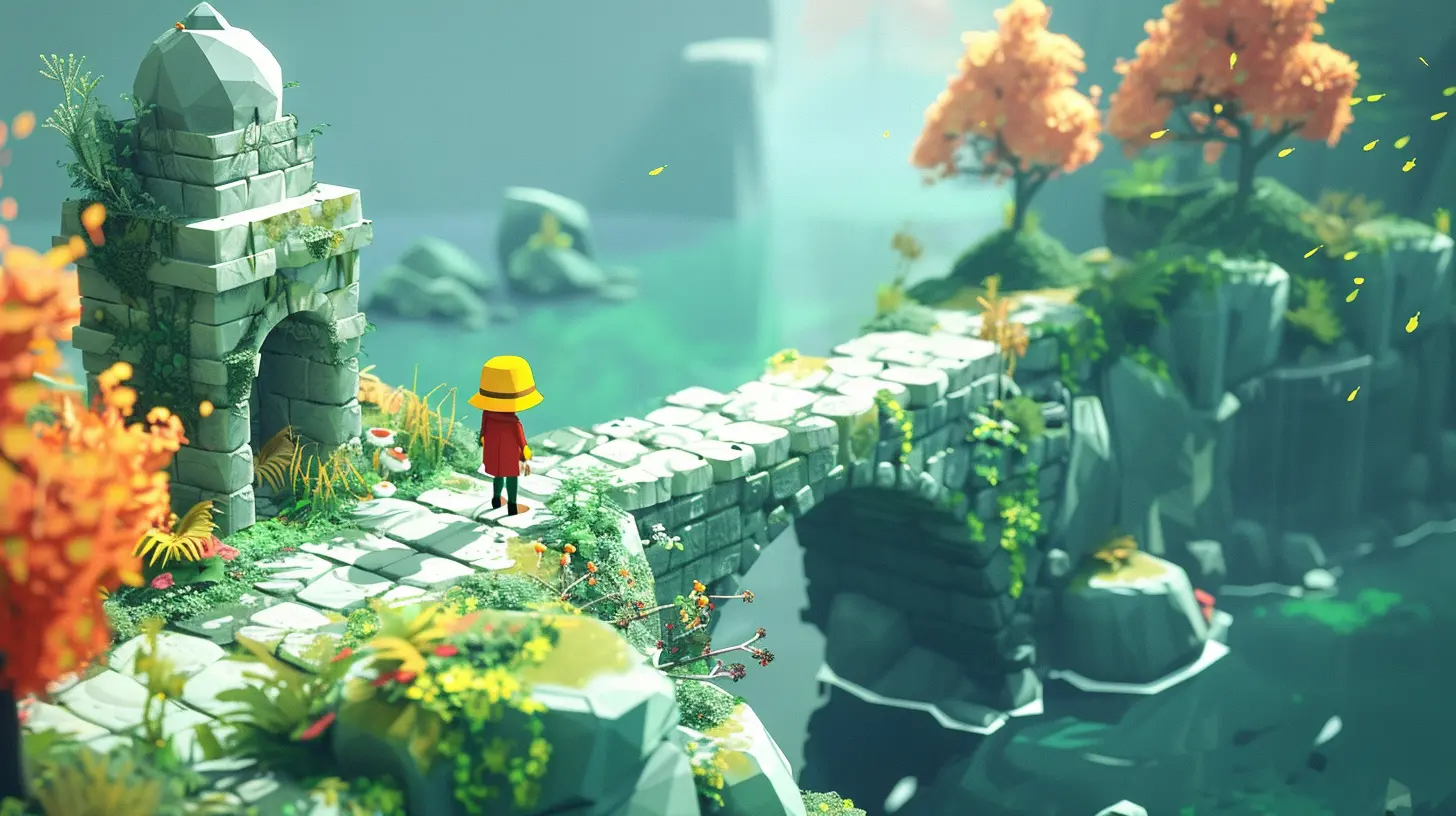
Why the Big Guys Are Watching Closely (and Sweating)
AAA companies chase trends like a cat chases a laser pointer. And let’s be real: a lot of the innovation in puzzle mechanics, design, and narrative right now is coming from indie devs.🎮 Risk vs Reward
Large studios have lots of money—and lots of risk. They can’t afford to gamble on a game where the main mechanic is, say, folding 2D paper into 3D shapes (Paperama, looking at you).Indies don’t have millions on the line. So they try, fail, succeed—and in doing so, they shift the genre.
📈 Influence That Scales
Ever noticed how some mechanics from successful indie puzzle games show up in mainstream titles a year or two later?Yeah. That’s not a coincidence.
Indies lead. The industry follows.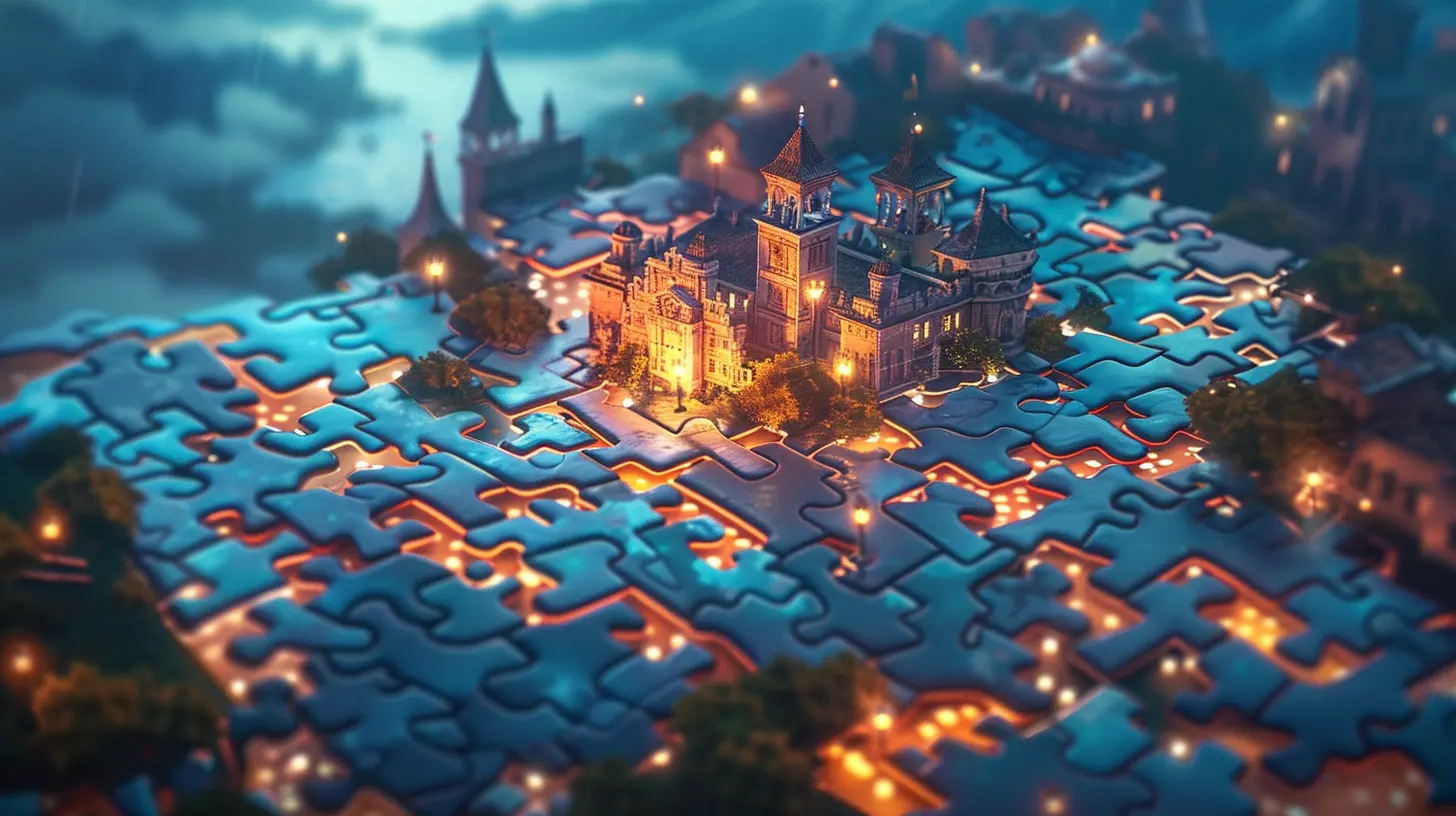
Top Indie Puzzle Games That Are Changing the Game
Let’s give credit where it’s due. These titles didn’t just make us think—they made us feel, question, and replay multiple times just to catch the layers we missed.🔹 Baba Is You
This one’s a brain-melter. You push words around to change the game’s logic. “Wall is stop”? Nah, let’s make it “Wall is win.” It’s bold, original, and devilishly tricky.🔹 The Witness
Filled with jaw-dropping scenery and maddening line puzzles, The Witness turns exploration into enlightenment. There’s no dialogue—just you, your brain, and a mysterious island flaunting its secrets.🔹 Monument Valley
A mobile masterpiece. This Escher-inspired beauty uses shifting architecture and perspective-based puzzles to tell a touching, minimalist story. It’s like walking through a dream, but with brain teasers.🔹 Gorogoa
This one’s so good it should be in an art museum. You slide interactive illustrations across panels to solve elegant narrative puzzles. It’s short, stunning, and unforgettable.🔹 Fez
Okay, now we’re getting meta. In Fez, 2D meets 3D and your perspective literally shapes your reality. At first, it’s cute and colorful. Then it begins whispering secrets. Then it screams them. Layers on layers. It’s pure genius.The Rise of Narrative Puzzling
Once upon a time, puzzles were just... puzzles. Now, they’re full-blown storytelling tools.Indie developers are using puzzles like authors use words—strategically revealing themes, emotions, and character arcs.
😢 Emotional Engagement
Games like What Remains of Edith Finch blur genres, injecting puzzle elements into narrative adventures. And while it’s not a classic puzzle game, it makes you think. That’s the new wave: games that challenge your mind and move your heart.🤔 Deep Themes
Many indie puzzlers deal with heavy stuff—mental health, loss, identity, isolation. The puzzles don’t just sit on top of a story; they’re intertwined with its meaning.Florence’s puzzles about drifting apart? Yeah. Those hit deep.
Accessibility and Diversity: Indie’s Hidden Power-Ups
Indie devs don’t just innovate—they include.🌍 Diverse Stories, Diverse Creators
While mainstream studios often play it safe, indie games give a platform to underrepresented voices. This brings fresh cultural perspectives and original ideas into puzzle design. It might be subtle, or it might be the entire game’s concept.🧑🦽 Accessibility is in the Details
You’ll find more indie games experimenting with subtitle options, colorblind modes, and control remapping. Why? Because they engage directly with their communities. Feedback isn’t drowned in red tape—it’s implemented.And that makes the genre more welcoming to everyone.
The Indie Puzzle Game Dev Process: A Peek Behind the Curtain
So how do these wonderfully weird games come to life?💻 Small Teams, Big Passions
Most indie puzzle games start with a tiny team—or just one person. These creators often wear all the hats: programmer, artist, designer, marketer. It’s chaotic, but it also means they have vision control from start to finish.🧪 Trial and Error… and Error Again
Puzzle design is basically scientific experimentation mixed with storytelling. Indie devs spend tons of time tweaking difficulty, balance, and flow. One poorly placed mechanic can unravel the whole game.And yet, they persist.
🤝 Community First
Indie developers are some of the most community-connected creators out there. They post dev blogs. They ask questions on Twitter. They take feedback seriously. It’s not about corporate approval—it’s about making something people love.Where Do We Go From Here?
Indie puzzle games aren’t just a trend; they’re a full-blown movement. They’re shifting how we think about gameplay, narrative, and design in a genre that could’ve easily stayed stagnant.The big studios are taking notes. Players are expecting more. And puzzle games? They're more alive than they've ever been.
So what’s next?
Well, maybe a game where you speak colors to unlock doors. Or one where you bend time by blinking.
Who knows?
Whatever it is, it’ll probably come from an indie studio. And we’ll probably be obsessed.
Final Thoughts
Puzzle games are no longer just about matching gems or completing crosswords. Thanks to the quirky brilliance of indie developers, they’ve become platforms for expression, exploration, and even healing.And that’s the beauty of it. With every new indie release, the genre gets stretched, twisted, and reimagined. It’s not about being the smartest person in the room—it’s about seeing the world through a new lens.
So next time you stumble on an odd little puzzle game from a solo dev halfway across the world—give it a go. You just might be touching the future of gaming.
all images in this post were generated using AI tools
Category:
Indie GamesAuthor:

Tina Fisher
Discussion
rate this article
1 comments
Damon Hudson
Indie games are revolutionizing puzzle design, infusing creativity and innovation that challenge conventions and inspire future generations of gamers!
July 29, 2025 at 3:14 AM

Tina Fisher
Thank you! Indie games truly push the boundaries of puzzle design, fostering creativity and inspiring both players and developers alike.
